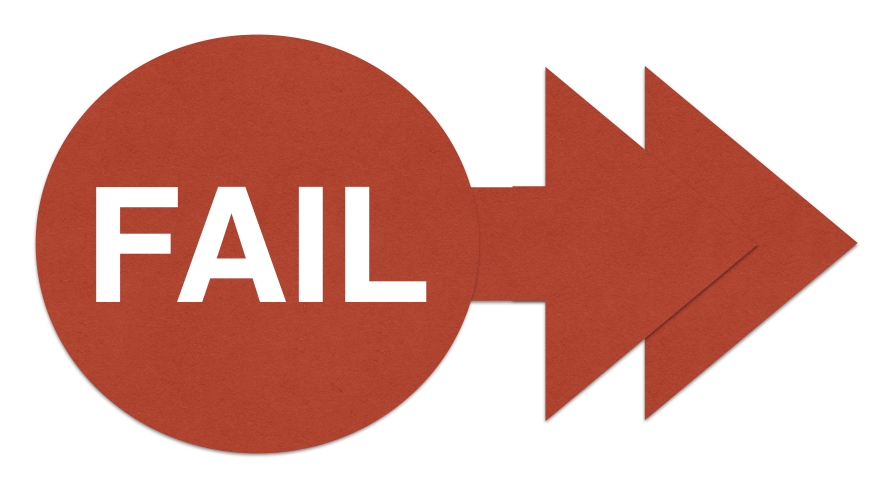For sale: baby shoes, never worn.
—Ernest Hemingway, 1920
Whether or not the short and impactful six-word story was penned by Hemingway there is no denying that it evokes a great deal of emotion. It is almost as if there is something in us that makes a connection beyond the six simple words that we read.
Jonathan Haidt argues that “the human mind is a story processor, not a logic processor.” (p. 328). Haidt points to the work of the psychologist Dan McAdams who is recognized for identifying that we each have a story of ourselves that we use to reconcile our place in the world. McAdams argued that psychologists must connect the qualitative data that they gather on their clients with the qualitative perspective of the narratives that people use to make sense of their lives.
We go to movies, binge watch TV series on Netflicks, read fiction, and sit around the campfire listening to our friends and families stories because we just like stories. Why? In their essay Knowledge and Memory: The Real Story, Roger Schank and Robert Abelson argue that “stories about one’s experiences, and the experiences of others, are the fundamental constituents of human memory, knowledge, and social communication” (p. 2). They posit:
- Virtually all human knowledge is based on stories constructed around past experiences;
- New experiences are interpreted in terms of old stories;
- The content of story memories depends on whether and how they are told to others, and these reconstituted memories form the basis of the individual’s “remembered” self”.
Connecting new experiences with old experiences or in this context “old stories” is central to the notion of making meaningful connection which is foundational to the constructivist definition of learning. Stories help us to make meaningful connection which means that stories help us to learn. We can use stories in our learning environments in several ways of key ways. The most effective way is to create a significant learning environment in which a learner is given choice, ownership, and voice through authentic learning opportunities. This referred to as the CSLE+COVA approach and The authentic learning opportunity or a real-world problem that the learner chooses to resolve can provide the story and the context for learning because it requires that learner to face a sequence of real-world situations. As the learner works through the real-world or authentic learning opportunity they are challenged to develop knowledge, skills, and abilities that are necessary to address the challenges that the authentic learning opportunity present.
If an authentic learning opportunity is not available then using Roger Schank’s Story-Centered Curriculum (SCC) is the next best option. SCC is a:
carefully designed apprenticeship-style learning experience in which the student encounters a planned sequence of real-world situations constructed to motivate the development and application of knowledge and skills in an integrated fashion. A realistic story, at the core of each SCC, provides a meaningful, motivating role for the student, designed to ensure that the student faces exactly the right progression of challenges to stretch and build his or her abilities (Shank, 2007).
While the SCC can provide an effective simulated model the power of choice, ownership and voice will have a more significant effect on the transformative effect of the learning and should be the first choice. This is especially important if we want to have a lasting effect and really enable our learners to learn how to learn and not just work through a simulation.
Stories help us to make sense of the world around us and enable us to make the meaningful connections that can help us also make sense of our lives. It only stands to reason that stories that will come from real-world or authentic learning opportunities will also help us make meaningful connection and help us to learn. Are you taking advantage of this in your learning environment?
References
Haidt, J. (2012). The righteous mind: Why good people are divided by religion and politics. Pantheon, New York.
McAdams, D. P. (1993). The stories we live by: Personal myths and the making of the self. Guilford Press.
Schank, R. C. (2007, April). The story-centered curriculum [Blog]. Retrieved from https://elearnmag.acm.org/archive.cfm?aid=1266881
Schank, Roger C. & Abelson, Robert P. (1995) Knowledge and Memory: The Real Story. In: Robert S. Wyer, Jr (ed) Knowledge and Memory: The Real Story. Hillsdale, NJ. Lawrence Erlbaum Associates. 1-85. Retrieved from: http://cogprints.org/636/1/KnowledgeMemory_SchankAbelson_d.html#fnB0
































